Fed Vice Chair Lael Brainard said yesterday that “monetary policy will need to be restrictive for some time to provide confidence that inflation is moving down” to 2% target. She added Fed will need “several months of low monthly inflation readings to be confident that inflation is moving back down to 2%.”
“Our resolve is firm,” Brainard said. “If history is any guide, it is important to avoid the risk of pulling back too soon,” and easing interest rates before inflation is under control.
Boston Fed President Susan Collins said, “It’s really premature right now to be too specific about exactly what the right policy move will be in September… I will reiterate that we need to do more, we’ve not yet seen significant declines in prices, and that’s what we’re going to be looking for.”




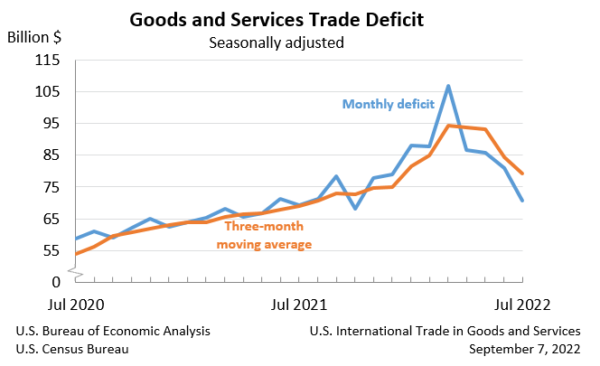
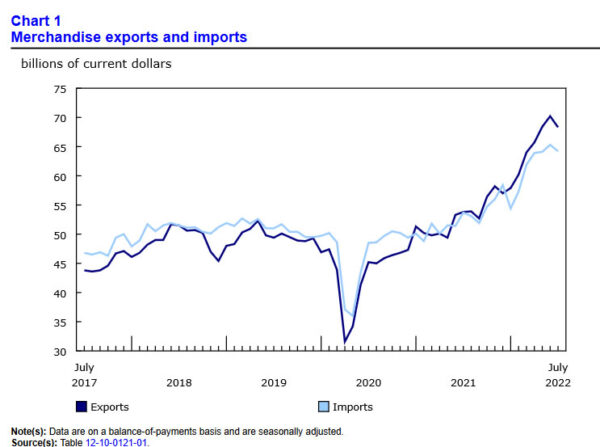
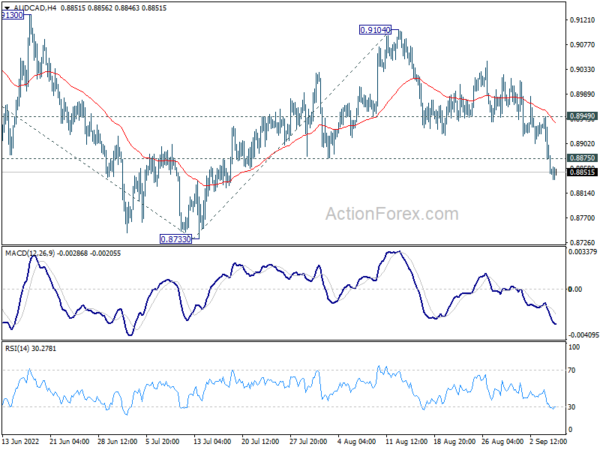
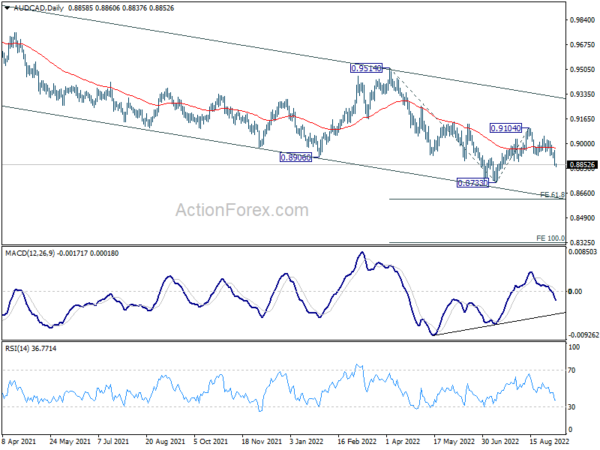
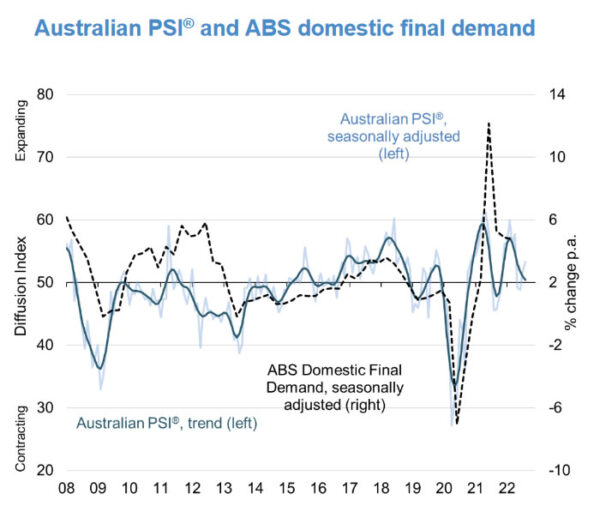
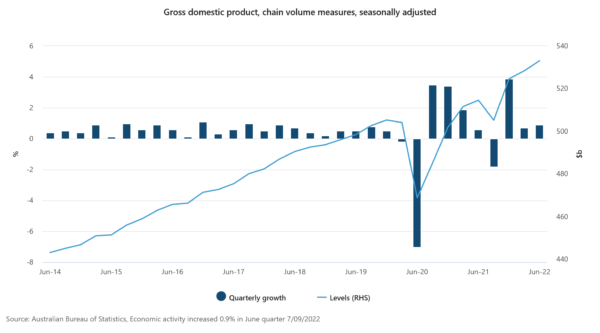
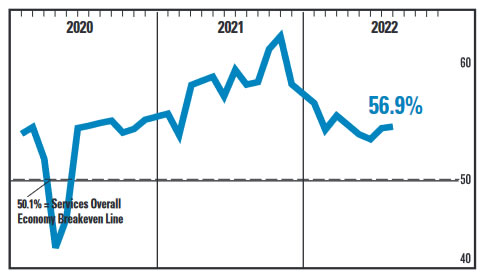
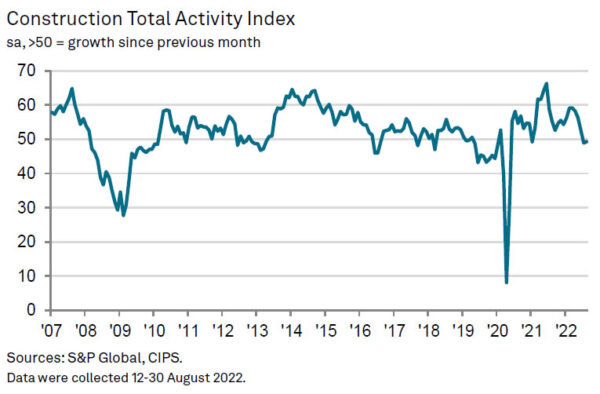
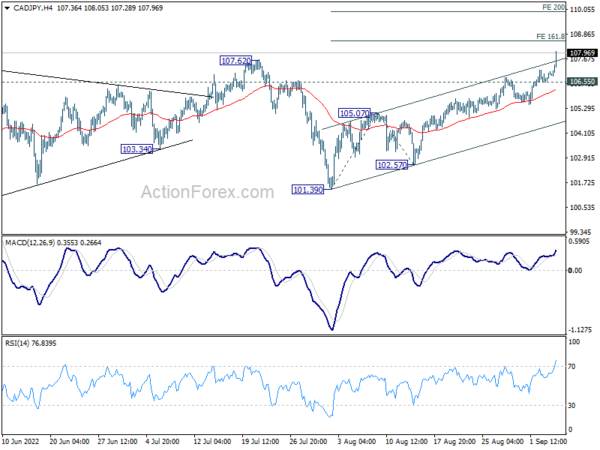
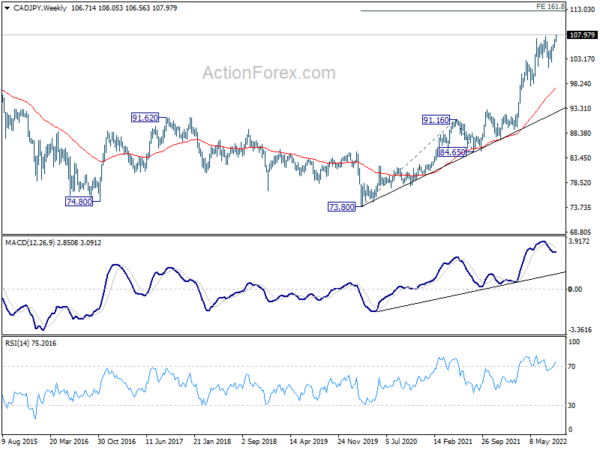
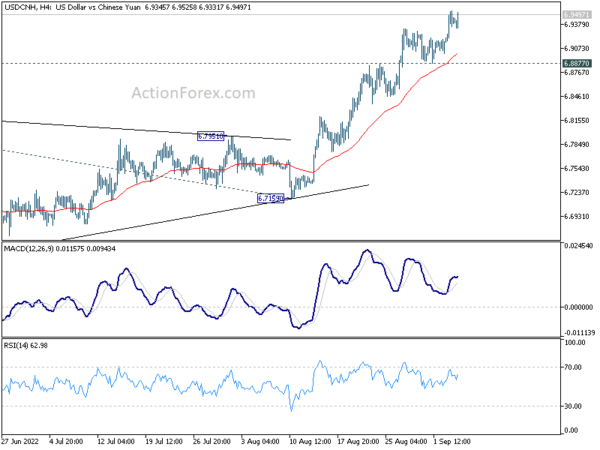

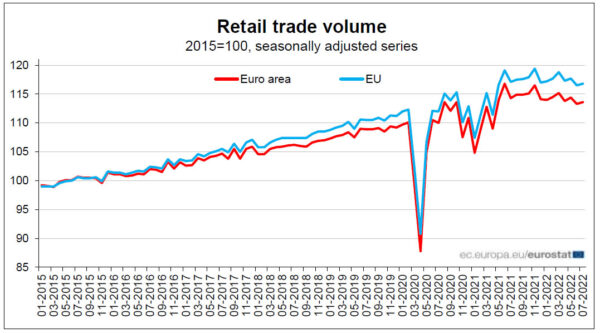
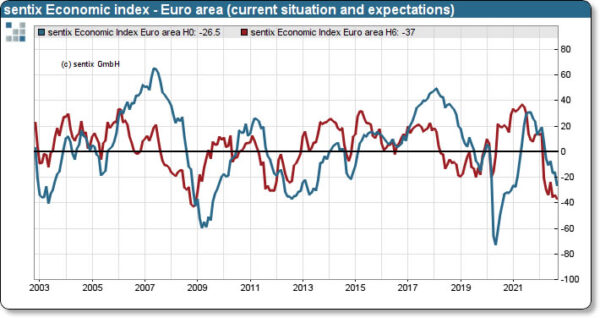
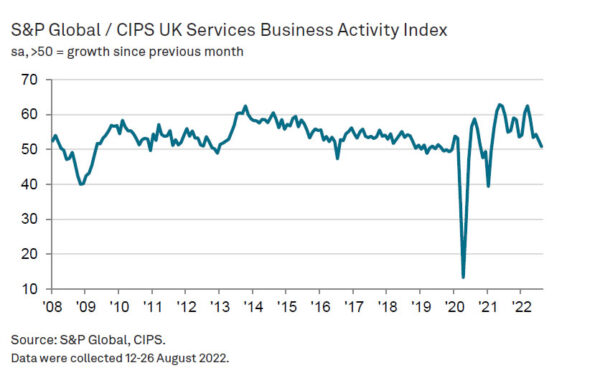
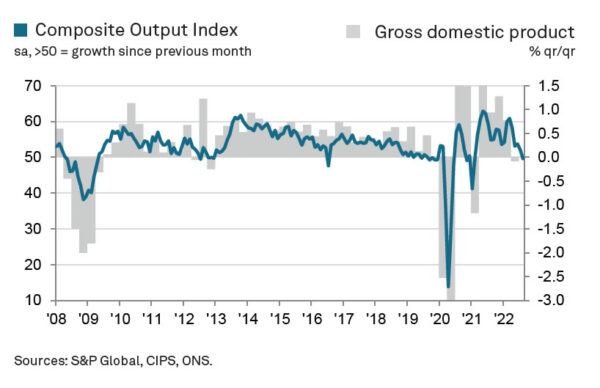
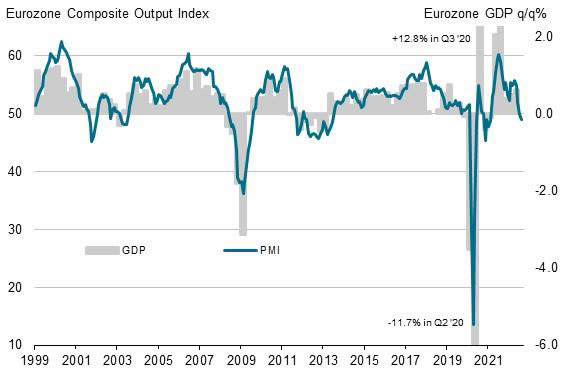

RBA Lowe: Case for slower tightening becomes stronger as rate rises
RBA Governor Philip Lowe reiterated in a speech that “further increases in interest rates will be required over the months ahead”. But policy is “not on a pre-sent path” due to uncertainties. Also, “all else equal, the case for a slower pace of increase in interest rates becomes stronger as the level of the cash rate rises.”
Lowe also highlighted three sources of uncertainty to the economy. The first is the “global economic environment”, including the US, Europe and China. He said, “some slowing in the global economy will help bring inflation down, but a sharp slowing would make the job of delivering a soft landing here in Australia much harder.”
The second source is “how inflation expectations and the inflation psychology in Australia adjust to the period of high inflation”. The third is “how households respond to higher interest rates”.
Full speech here.